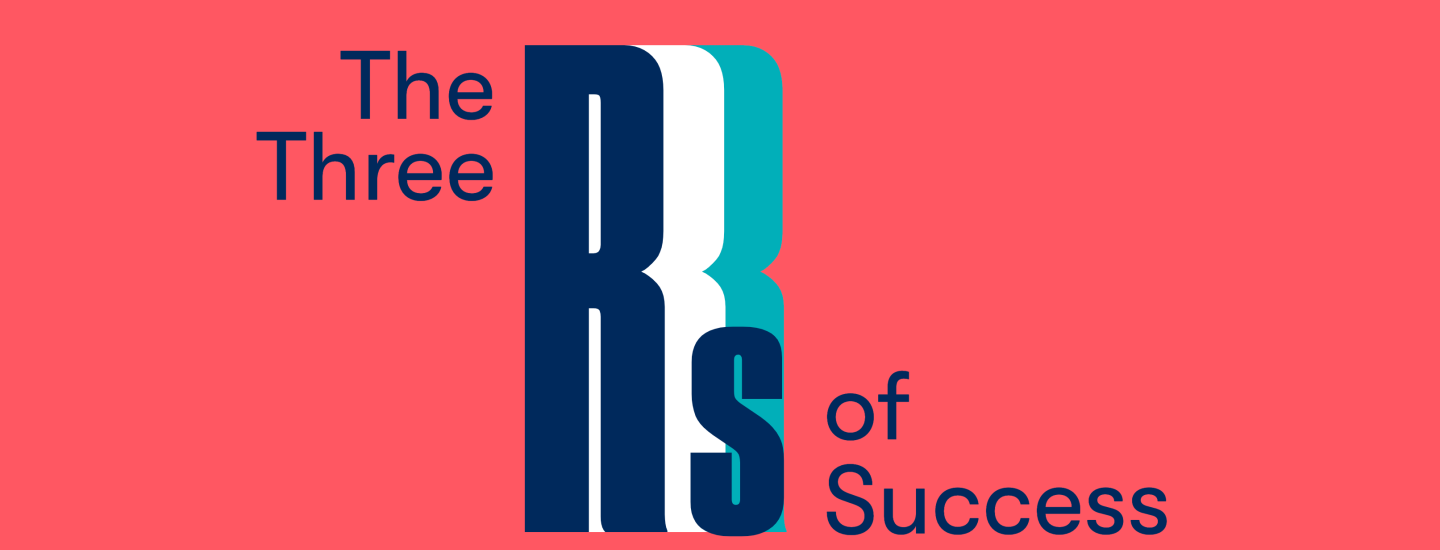
In the midst of overwhelming change, here’s what we CAN control.
It’s human nature to desire a sense of control and agency over our lives. Right now, things feel tough because there’s a lot outside our personal control; the pandemic, the shifts in the workforce, rapidly changing technology…the list goes on!
However, there are a few things in our control, that can have a massive effect on our career trajectory, and our personal evolution.
The THREE Rs of Success
In the midst of overwhelming change, here’s what we CAN control:
REFLECT
First, look inward.
We can pause, and look inward to assess and re-affirm our core strengths, skills, and capabilities.
Ask yourself; what am I really good at?
What do I enjoy?
What types of tasks or projects make time fly?
What do colleagues tend to value about me, or compliment me on?
Write these down.
For example, are you a strong problem solver? Do you have stellar communication skills? Are you an analytical thinker? Do you learn new technologies quickly? Are you great at training people?
Next, take a step back and look at your list of core strengths. How can you leverage those skills in new or emerging labour markets? Can you use these core skills in a different sector? Consider that your skills are not chained to your current or previous role; know that there are possibilities beyond your specific area of focus.
As companies and industries begin to rebuild after the pandemic, there will be an uptick in new (perhaps unexpected) employment opportunities, some of which could be quite different from the pre-pandemic environment. As employers begin to innovate, different career options will emerge. By having a deep knowledge of our strengths and capabilities, we position ourselves to pivot and transition into new roles.
Careers don’t “just happen”. By reflecting and growing self-knowledge of our capabilities, we give ourselves a powerful advantage that will allow us to navigate the current uncertainties with focus and confidence.
RESKILLING
Next, look outward.
Next, look outward. What are emerging trends in the labour market? Those of us interested in pivoting to different jobs, careers, or sectors can explore educational opportunities to broaden our repertoire of skills in a short time. This is where access to micro-courses (which are short, targeted learning opportunities that focus on skills and competency development) can fast-track access to new opportunities.
Reskilling helps us explore alternative careers, and broadens our access to the labour market.
RESILIENCE
Now, look around.
So many of us have become isolated, and in order for us to thrive in this emerging economy, we need to re-connect and build resilience. Consider re-committing to pursuits that give you purpose and direction. Try new activities, challenge yourself, and support others in your community.
We are here to help you reflect, reskill, and stay resilient as you journey forward. Check out The Three Rs of Success to learn more!












